If you’re reading this then there is a good chance that your pool pump is down, the anxiety is up and the algae monster is ready to pounce on your pool. After years in the pool industry, I can tell you many a homeowner has contacted us in a panic with a dead pump. The scenario usually goes as such: they or their tech has the pump apart and they are pondering the options that lay before them. They may know what they need but want to know if it’s worth the work to get the pump up and running. One of their major questions is, “Is it worth it to get a whole new pump or should I just get a motor?” The cost between a simple motor replacement and a pump installation can be sizeable. That difference in price makes it important for you and your wallet to know when to call it quits on an old pump.
Wreck-it or Recover it?
Our first step will be to determine the overall health of your pump. Over the years, this rugged piece of machinery has been subjected to blazing heat, driving rain and even lightning strikes. These conditions can drag down their overall health. The pump’s internal parts, as well as the housing and motor, can go bad and require replacement. When determining the magic number of replacement parts cost versus the cost of the whole pump, we generally suggest 60-75% as the standard. If the cost to repair is within or over this range, it is smarter to replace the pump. This way you have a brand new pump and warranty covering any mishaps down the line. There are a few other things to look out for when checking pump health. The key points are listed below.
- Dry Rotted or Cracked Housing – Besides a motor, the housing is the most expensive part of a pump to replace. If your housing is showing signs of deterioration, take a close look at the other parts of the pump. For example, the pump lid, basket, and impeller could be in need of repair as well. When totaling up the necessary replacement parts, keep in mind the magic number of 60-75%. If you get to that range, it could be time to replace the whole thing.
- Pumps older than 12-15 years – If it was a car you would have gotten rid of it by now. Sadly, unlike some vehicles, pumps do not appreciate in value as they get older. Pumps approaching this age see frequent breakdowns and repair. The cost of maintenance soon starts to outweigh the value of the old pump.
- Obsolete Parts – Some pumps for whatever reason are discontinued by their manufacturer. At that time, essential parts can be increasingly hard to find or unavailable. Review our pool parts section for your unit’s parts breakdown to determine their availability.
- Bronze or Cast Iron Pumps – Metal pumps were the standard for pools decades ago but they have been phased out. High strength composite materials have taken their place in the sun. The metal pump obsolescence has made parts hard to come by. If you are able to find the part, it will be at a premium.
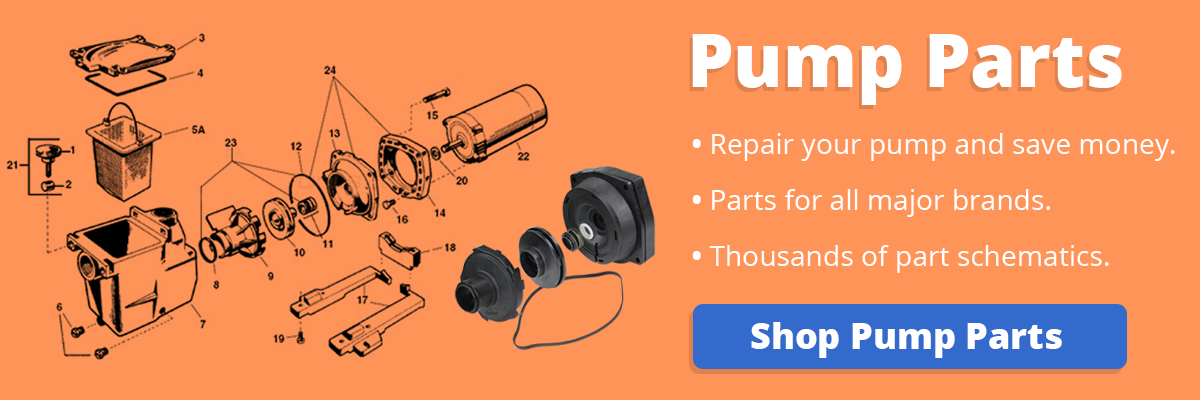
Motors: Listen and Learn
If your pump’s wet end does not have any of the above red flags, a motor maybe your best option. First on the list when determining the status of your motor is to just be quiet and listen. The sound that follows a flick of the power switch can lend a big clue to what motor issues lie ahead. Motors, for the most part, are simple beasts. Once installed a motor needs little if any maintenance to keep it running. If a properly running motor starts to make any of the following noises, a replacement motor could be your next purchase.
- Loud Screech or Grinding – If your pump sounds less like an electrical motor and more like a Boeing Jet then your bearings are bad. Besides the age of the motor, these bearings can rust or freeze from the water inside the casing. The most common causes are a leaky shaft seal, flooding or even errant sprinkler spray. Bearings are the joints that spin the shaft freely or in this case cause you severe ear pain. The good thing is bearings can be replaced on the cheap. If you’re looking to go this route, then view our selection of pool motor bearings. If you do go this route keep in mind you will need a specialized tool called a bearing puller to remove the bearings.
- Humming Sound – Hmmm, what’s the cause? It’s the capacitor! This little barrel of fun stores an electrical charge to be dispersed to either kick start or keep your motor running. There are two types of capacitors, run (silver) and start (brown.) A blown capacitor is caused by a surge in power or overheating and is an easy fix for a handy homeowner. For the guide on replacing a capacitor, see our guide.
- Pop and a Click – Once your motor is tripping the breaker, it is on its last legs. When a motor is flipping the breaker, it is a sign of a deeper electrical issue.
- Silence – First check your power source. If that is fine then no, your pump is not resting. It’s dead. The silence is a sign that the inner workings of the motor have completely failed, i.e. the shaft has frozen. A motor that has reached this point is beyond repair.
Inspect your Gadgets
Legislators in pool heavy states like Arizona, California, Florida, and Texas have recently put strict regulations on replacement motors and pumps. The new regulations may require homeowners to upgrade their pump to dual or variable speed. The changeover to dual and variable speed pumps is meant to lessen the load on the electrical grid. The effect is also seen in the customer’s pocketbook. Dual speed and variable speed are designed to use less electricity thereby lowering your power bills. To help aid the transition, power companies are providing customer rebates when homeowners install new, qualifying motors. Check with your power company for the specific rebate details.
If you want more information on how these motors can save you money, read the following guides: How to Save Money Using a Variable Speed Motor or How to Replace a Single Speed Motor with a 2Green Motor
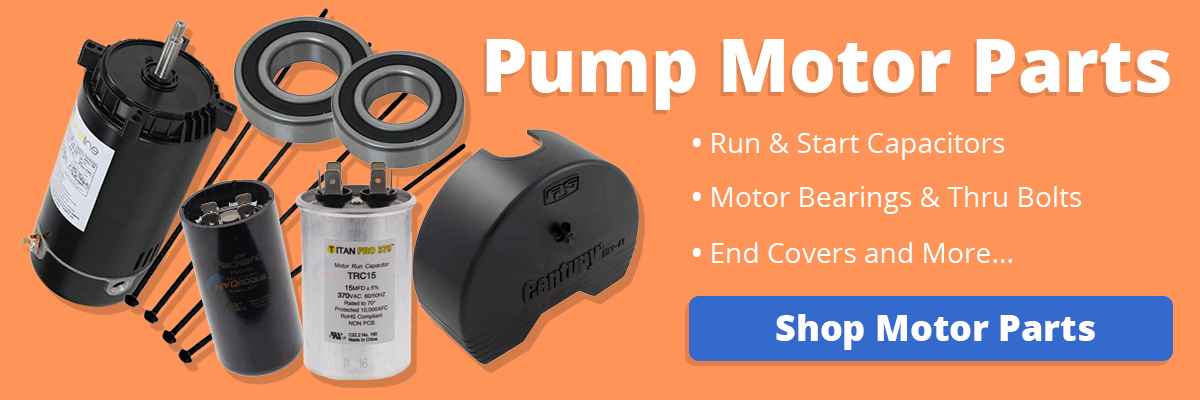
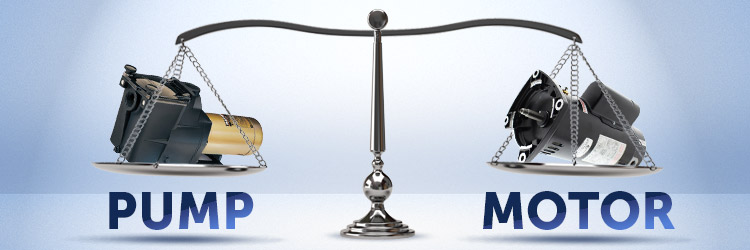
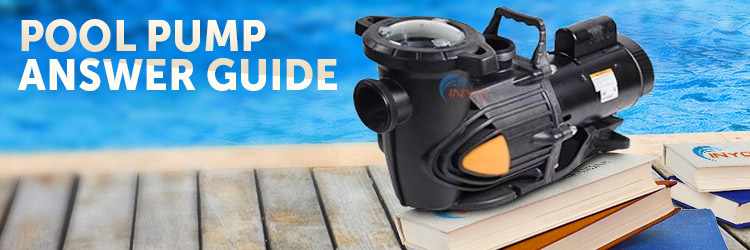
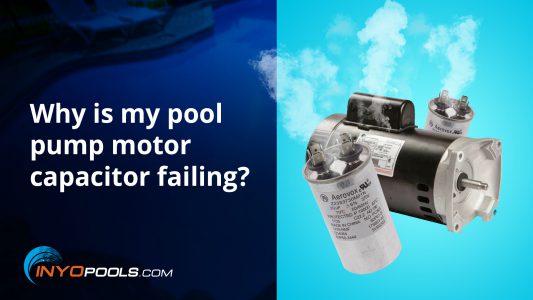
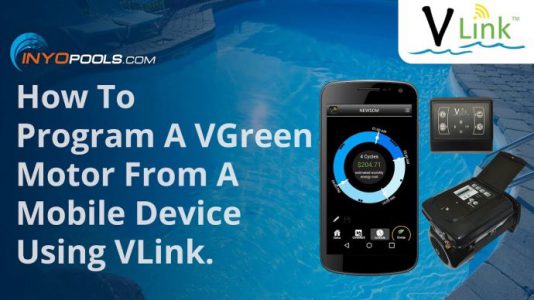
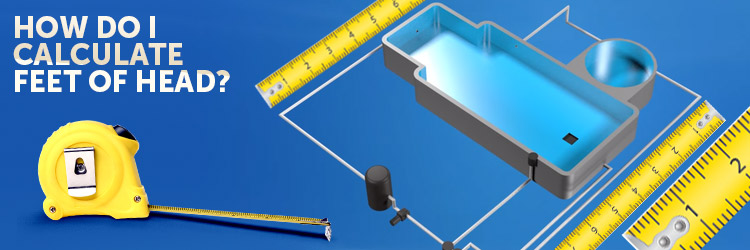






I would very much appreciate if you can recommend/help with my Hayward SP3200VSP. It is 6 years old and run about 6 days/week and 4 hours (low rpm)/day.
Unfortunately about a week ago, I noticed the check light was on but I accidentally turned the pump on without checking the error code (so could no longer see the code). It ran for about about several days and it then quit completely. About the same time (on or before it stopped) my main electrical panel was upgraded to 200A. The pump LCD was blank and motor could not start (no sound at all). I checked voltage at the motor terminal (underneath the controller module) and each lead was showing around 115V.
Could you suggest a simple way to determine of if the controller is the culprit or the motor. I think I can replace the controller (board) myself. I am a bit afraid to replace the motor myself. Or is it better to replace the whole pump? If so, any suggestion the model no? Any idea of the price to install.? I live in Southern California.
Thank you very much for your help.
POOL PUMP’S GOVERNOR’S HINGE IS LIKELY DISLODGED AND CAUSING THE “V” SWITCH TO STAY ON AND THUS BLOWING THE CAPACITOR
Typically when people try to isolate the shaft rotation in order to screw on the impellar at the other end, they jam a screwdriver next to/on/or in the governor at the end of the shaft. While it nicely stops the rotation of the shaft for the placement of the impellar, that can easily dislodge the hinge points on the governor. The governor is the metal thing with the two springs and a plate that moves when the cetrifugal force increases after the motor starts. When the governor’s plate pivots it releases (turns off) the “V” shaped switch. (Note: the default position of the plate is such that it pushes a button on the “V” switch which causes switch contact and turns it on. This allows juice to flow to charge the start capacitor. The start capacitor stores the voltage needed to start the motor when it initially has to overcome the inertia caused by the static water). After startup, the switch turns off (due to the governor plate pivoting, due to the centrifugal force on the weights on the governor). This in turn cuts off the power to the start capacitor (so it doesn’t blow). All of this is designed to occur right after the pump starts up to initially allow the start capacitor to be charged, then after start up, cut the power to the start capacitor off so it doesn’t blow.
When you stuck the screwdriver next to the governor to put the impellar on the other end, you likely dislodged the hinge points of the governor. This jams the plate and keeps the “V” switch permanently on. This then blows the start capacitor. So….to fix this…take the “V” shaped switch off to allow better access to the governor (the switch has one screw holding it on). Look carefully at the governor hinge points to be sure they are set in the appropriate spot (this will be obvious or at least intuitive). If not, carefully adjust the plate hinge points to the appropriate spot. Now test the hinge mechanism of the plate by pushing on it. It should move freely (with some resistance from the spring) and spring back without binding. Next look at the switch. Make sure that the contact points (where the the brass strips touch) are NOT making contact in the natural state (that is, when the switch is off the motor). If they are making contact, you can carefully adjust the brass strips to make sure that there is a gap. Push the switch button. The contacts should make contact. Now put the switch back on. When you do so the button on the “V” switch will align with the governor plate get pushed it in, thus making the switch contact points touch. This will cause the natural state of the switch’s contact points (when the switch is back on the motor) to be touching (remember when the switch is off the motor the switch will convert to the off position (no contact) because the button won’t be pushed by the governor plate).
The other thing to make sure you do is to put the metal “C” clip that holds the capacitor in place OVER plastic shield that has writing on it. If you don’t do this, or you don’t put the shield on at all, the capacitor will short out on the motor cover.
Lastly, always make sure that you have the right size capacitor. Must be the same volt rating and at least the same or slightly higher uF rating.
Don’t forget to always turn the power breaker off before messing with any of this and discharge the capacitor by bridging a screwdriver across all the contact points.
3 capacitors later I am happy to share this knowledge!
Very happy to have found this article. Thought our motor was shot but it does hum, so it may just be the capacitor. Thank you!
You’re welcome!
Great article and comments to questions. I’m a Hayward SP2610X15 Super Pump ($375+/-) owner and what I’ve learned over the last twelve years is to keep an identical spare pump on hand. Lets face it, this is a simple and inexpensive pump thats not designed for a decade of trouble free service. After a few years the pump invariably has problems and when it does its normally in the middle of a hot summer with family scheduled to arrive the next day. I believe I’ve saved more time, money and headaches by simply having a replacement on hand and its an easy 30 minute changeout. [And if you have a pool service company when your pump goes down they’ll probably want full list price ($699-$799) for the replacement pump along with labor costs of at least $200.] Pool ownership really is much easier by having a replacement on hand.
Pump was clogged and stopped went to check the filter and the filter screen had pulled off and went over by the filter housing by the pump, don’t know if it tripped the breaker or not , flipped off and on an didn’t get any power, it was making a grinding sound from the pump motor, ordered another pump assembly and wanted to know what could be causing it not to be receiving power, maybe a bad breaker, I’ll check that before installing the new pump
Thinking bearings need to be replaced but it’s thw weekend. Can I run my pump for a few days till it’s fixes?
As long as you and your neighbors can stand the noise, the motor can be run.
In your experience, how much savings per month do the variable speed pumps yield?
I don’t think that law is in effect or at least enforced- I just went to a reputable pool store yesterday and they had no issues replacing the motor.
With variable speeds, it is all dependent on how you schedule and throttle the pump. Manufacturers will say you can save up to 80-90 percent. Realistically you can get 40-60 percent without having to run the pump on the lowest RPMs all the time.
And they weren’t enforcing the California law until all of a sudden they were. Installers, dealers, and distributors are seeing fines for selling single speed motors residents in that state. But if you feel comfortable in the local pool company’s assessment, then you can keep that option for yourself.
Thank you for all the info!
My motor sounds like a jet engine (the rest of the pump is in good condition)…I can get it replaced for $261or I can get the Pentair SuperFlo VS 1.5HP Variable Speed Pool Pump with install for $625. What do you recommend? I live in FL and heard the digital console can degrade over time due to our weather. Thanks in advance for any in-site.
I believe Florida has laws on the books stating you need to replace single speeds with variable speed. California has begun to enforce their version of the rule; if found in violation of these laws you can be penalized with a hefty fine.
To play on the safeside I would get the variable speed. If you are concerned about the VS electronics, get a motor cover or build a little shade shelter to protect it from the constant direct sunlight.